A Swedish researcher, Friedrich Jüngerson, interested in bird voice recordings, made an impressive discovery. Recording at a deserted location, the researcher played his tape afterwards to find there were strange voices on the background. Initially he thought that the tape was not good and was poorly cleared from a previous recording, but it was soon discarded because the tape was new.
However, what most caught his attention was that the recorded voices spoke in a strange language. Taking the tape to a language expert friend, the surprise was even bigger when his friend told him that those voices spoke in an extinguished language.
The researcher was so impressed that he began researching the phenomenon, recording tapes at random and checking if superimposed "voices" appeared. Revealing his discovery to the world, many tried to record these "voices of the beyond" with their common recorders.
The basic idea of these recordings, according to Jüngerson, is that the voices can either be registered in some "unknown dimension" (1) or be emitted by spirits.
Of course, as they are in unknown “dimensions” they cannot be heard directly by us. However, the recorder served as an intermediary element, in which case these voices could "modulate" the signals of the circuit getting recorded on tape.
The basic theory is founded on what is called "stochastic resonance".
What happens is that if there is a signal information (audio sound) whose intensity is below the level of sensitivity of our ears or a recording device, the addition of a background noise (white noise) can reinforce that signal leading it to a level which can be heard or recorded, as shown in Figure 1.
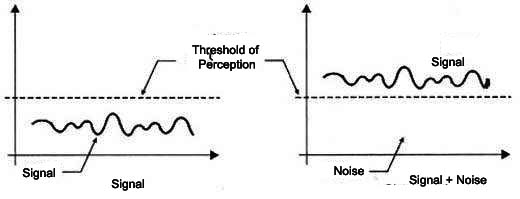
The background noise, in the case of Jungerson recordings was the noise of the wind and the leaves of trees (white noise).
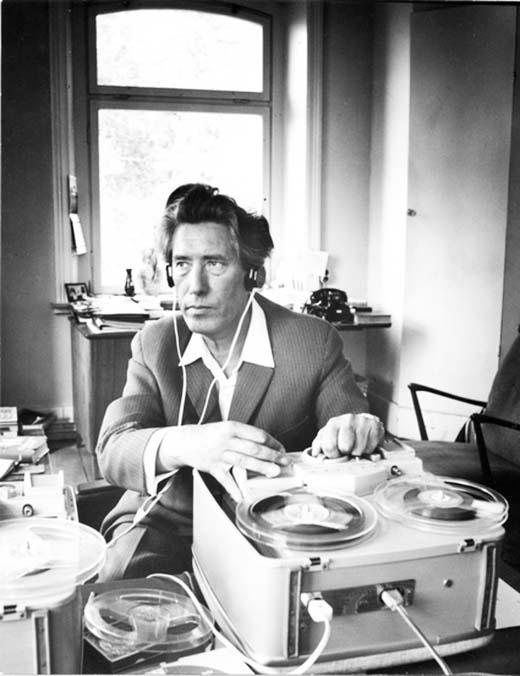
There is even a legend explored in "The Grass Harp" which speaks of how American Indians can "hear the voices of the ancestors" in the sound of the wind and the leaves of plants. In short, the intermediator means for capturing these signals is the white noise or electrical background noise (generated by thermal agitation of the circuits or static discharge).
In the research, in order to increase the probability of capturing these noises several resources are used. One of them, which can even be repeated by the interested reader is to use a common cable without a microphone in the recording input of a common recorder having a diode, as shown in Figure 2.
A blank tape is placed on the recorder which is set to record. The careful listening of the tape can reveal superposed interesting things to background noise.
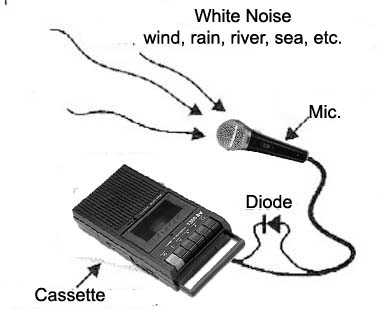
The great writer recently deceased Hilda Hilst recorded on her farm in Jundiaí (SP - Brazil) using this technique with impressive results, as we personally checked, along with our friend researcher Max Berezovsky (deceased in 07-06-2009).
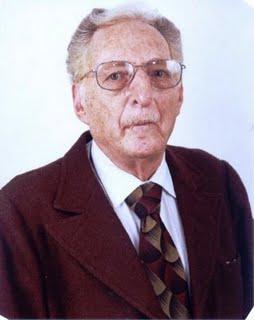
We should also mention the work done by our friend Sonia Rinaldi which can be seen on the website http://www.ipati.org/ .
Digital or Analog
The recording mode of an audio signal varies according to the technology used, and this difference between the digital and the analog leads to some important discussions when it comes to the phenomenon of voices (transcommunication).
In the analog recording, the sounds (consisting of air vibrations and therefore an analogue signal) are captured by microphones (or by diodes in the case of signals) and converted to an analog voltage.
The analog voltages which correspond to signals are then amplified in their original form and applied to the recording coil along with a tape which moves, as shown in Figure 3.
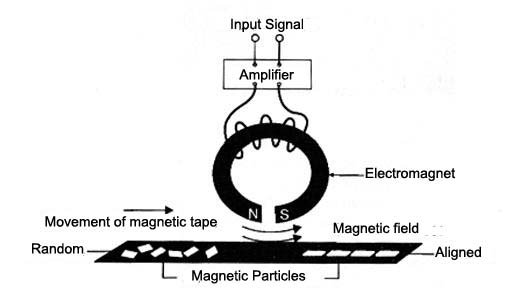
The magnetic fields or elementary magnets which were aligned are then misaligned according to the recorded sound.
As the tape granulation is very thin, it is possible to record the minimum sound intensities and also small variations of intensity, which leads to an excellent frequency response.
There are even researchers who accelerate the tape to obtain a higher frequency response.
The same principle is used in video recordings where the signal obtained from an analog camera is also of the same type, and its purpose, like the presence of details, depends on the tape granulation.
In the case of digital recording, things occur in a different way, which can also mean a different type of approach to the researchers.
In digital recording the sounds, which are analog, are captured by a microphone and converted to an analog voltage that is amplified.
However, after this amplifier the signal is converted to the digital form. This signal is sampled at a rate of around 40,000 samples per second, which means that the details of duration shorter than 1/20,000 s are lost (half the rate), leading to a maximal response of 20 kHz .
At the voice recording the stochastic noise has the key role in its disclosure and this noise has a spectrum that extends to frequencies much higher than 20 kHz.
Likewise, the resolution levels of the signals depends on the number of bits of the conversion, which means that small variations in the signal intensity are lost in the process.
In short, signals of higher frequency components and small variations, which could help in the revelation of the phenomenon, are lost in a digital recording.
Still, if the phenomenon is more intense, many researchers have achieved good results as we have seen visiting several websites of researchers.
The ideal for someone who wants to use a digital recorder, however, is to provide it with some resources that can help overcome the limitations of digitalisation.
One of them would be to accelerate the recording, working with a high sample rate, even if that means a smaller recording time.
With a larger number of samples the noise spectrum rises, which increases the likelihood of recording something.
Another possibility is to work with a compressor circuit to compress the dynamic range of the sounds captured by the microphone for recording purpose.
Thus a much wider range of intensities can be recorded in the variety of bits available by the recorder.
In Figure 4 a compressor circuit that can be made with BC548 transistors in place of the originals. This circuit is connected between the microphone and the recorder input.
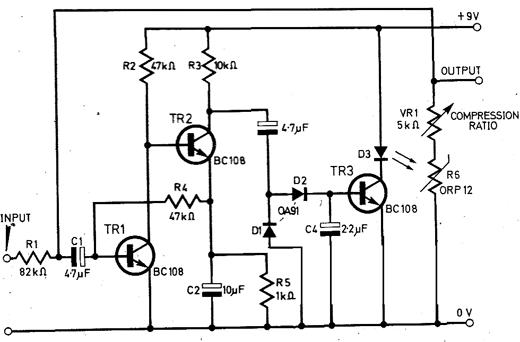
For the image recording we still have to consider that each image point is obtained by a cell of a CCD, while in the digital process, which in the same manner as in the case of the audio, means the loss of resolution.
Each pixel is a yes or no. Thus, the definition of the image with a possible capture of non-visible information depends on the number of image definition pixels.



